Types and causes of biological corrosion of wood
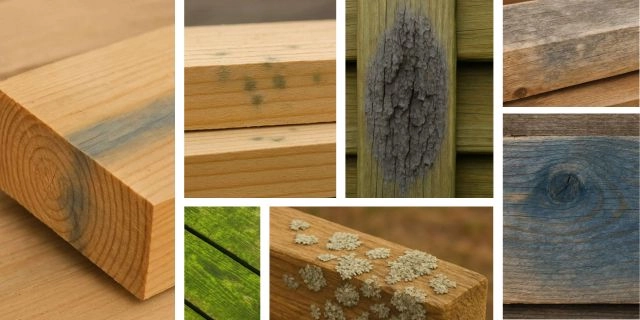
Primary moulding of fresh wood – caused by mould fungi, most commonly representatives of the Ascomycetes Deuteromycetes families. The formation of mould on wood is favoured by high humidity combined with a lack of ventilation and temperatures above +5°C. Molding (not to be confused with rotting) is often observed on fresh wood, especially from summer harvesting, and at the beginning of the drying process in kiln chambers. It can also occur when moist wood is stored in closed spaces, or even when freshly sawn wood is stored outdoors if it has been stacked in a way that significantly restricts air circulation. If mould is observed on the wood, measures should be taken to reduce the moisture content by loosely stacking the individual pieces to ensure ventilation.
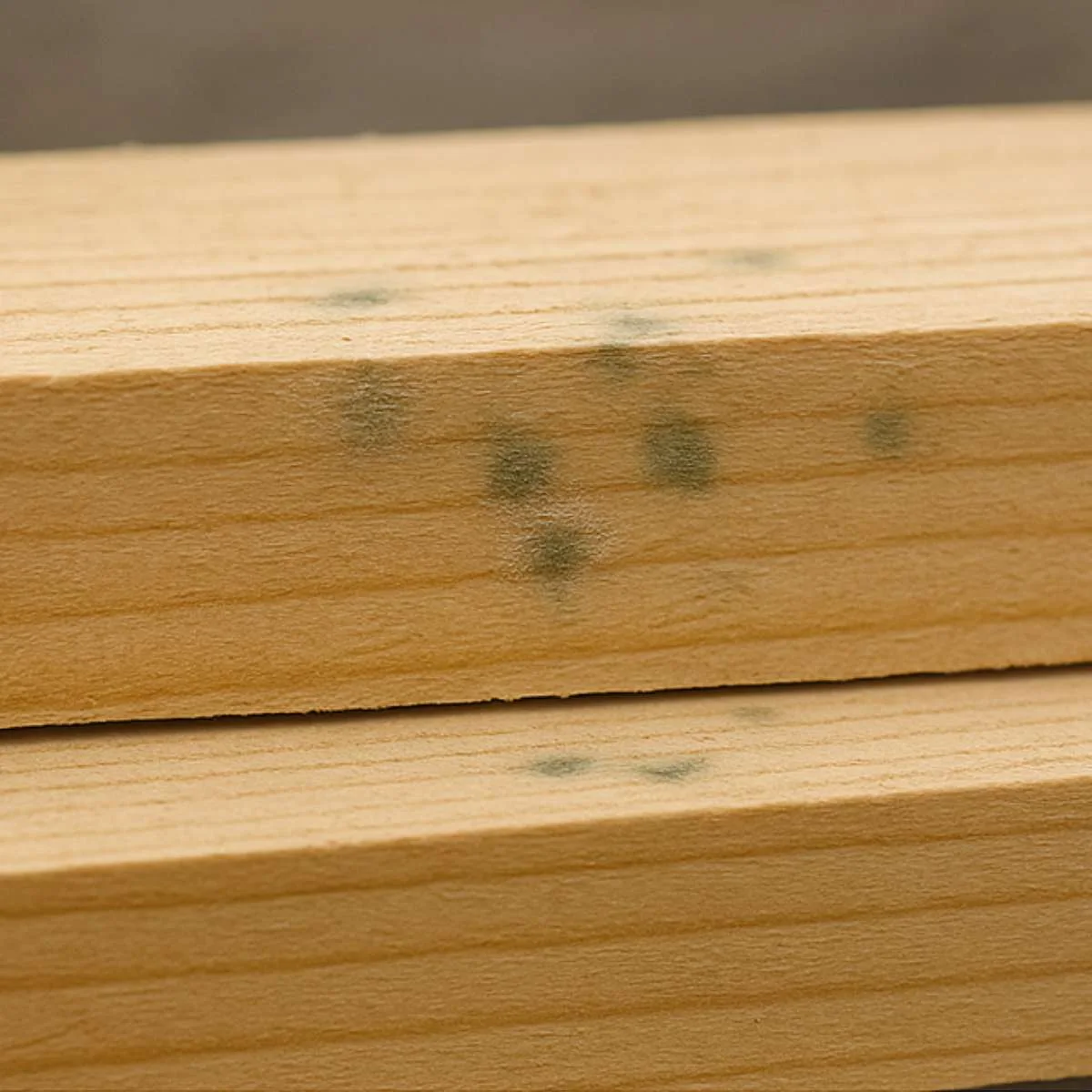
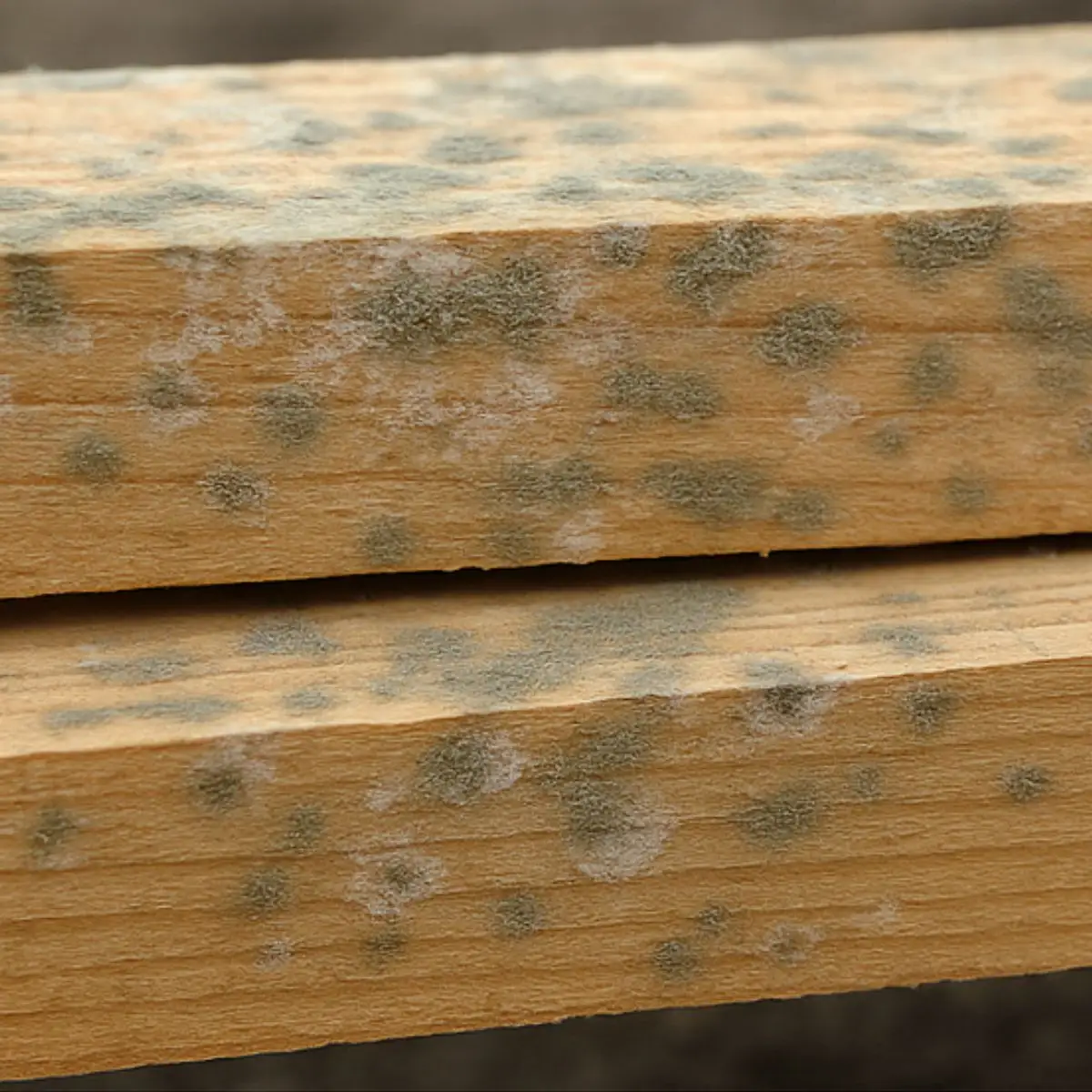
In wood with a moisture content below 18%, the process is halted, and areas already affected can be cleaned by mechanical or chemical treatment, e.g. by applying a 15% solution of sodium hypochlorite or a 20% solution of borax (sodium tetraborate decahydrate). As a last resort, if professional preparations are not available, undiluted Domestos can be used. After 1-2 hours, rinse the elements with high-pressure water and leave them to dry in a well-ventilated place. It is recommended to subsequently coat the wood with an oil-based preservative, preferably a colouring one, which will increase its water repellency and even out the colour. Surface mould basically only causes aesthetic changes and does not affect the durability of wooden structures.
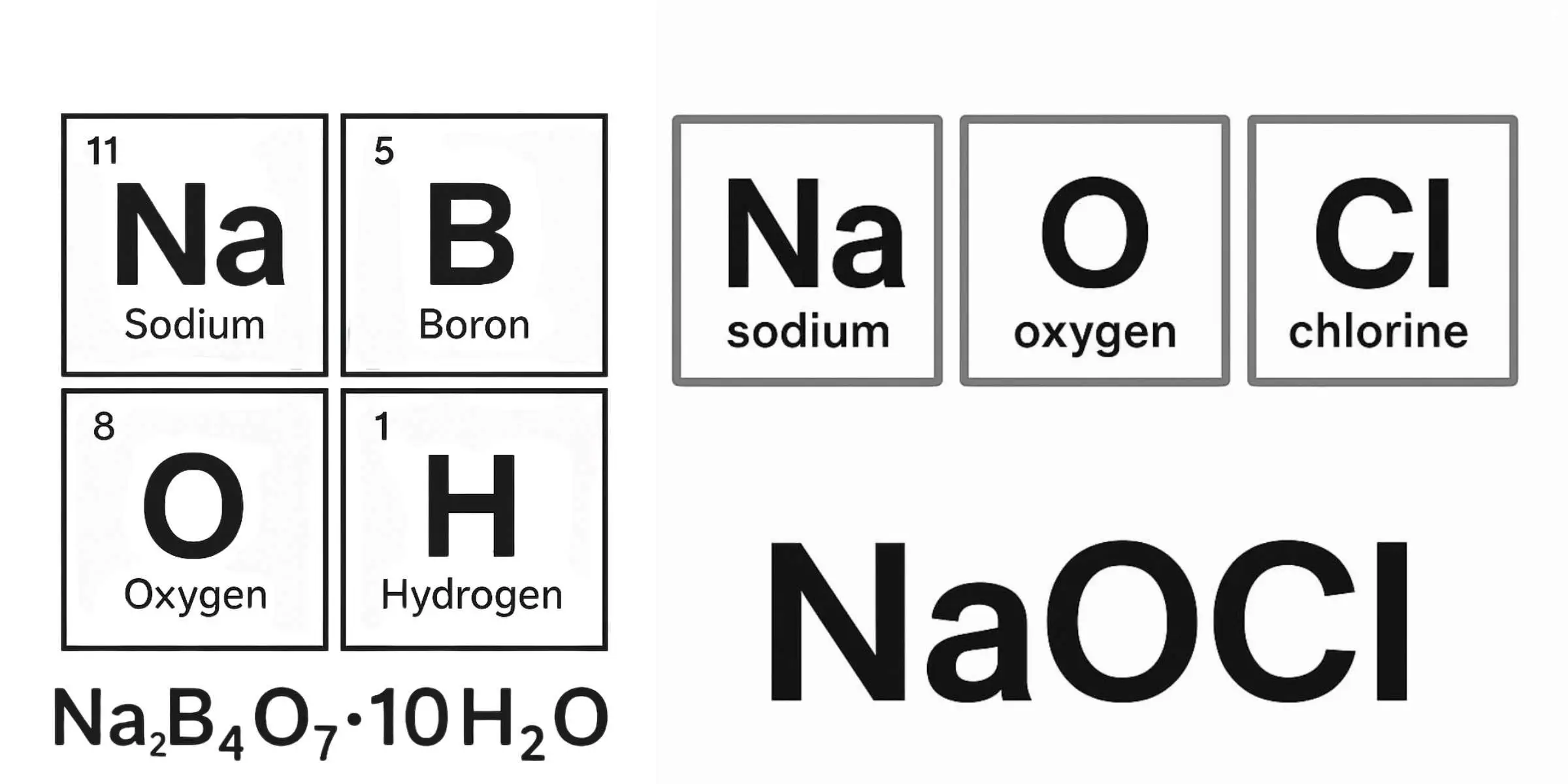
Wood discolouration – blue stain - surface or deep discolouration of wood caused by fungi is the most common phenomenon observed in the early stages of wood processing. Blue stain appears on fresh wood that has not yet been sawn or immediately after sawing, when its moisture content is still high. It is caused by certain species of fungi belonging to the Ascomycetes and Deuteromycetes.Some cases of discoloration may also be caused by fungi of the Zygomycetes group. Fungi causing blue stain develop in wood with an absolute moisture content between 25-90% and at temperatures above +5°C. Infections and mycelium development almost exclusively affect the surface area of the wood and generally result in an undesirable aesthetic effect. This does not significantly affect the durability of the wood.


Blue stain and mould are natural phenomena that can occur even on high-quality wood. Fortunately, they do not always pose a threat to its durability. The key is to react quickly, apply appropriate impregnation and provide regular maintenance. This will keep the wood looking good and serve you for many years – without the need for replacement or costly repairs.
Grey rot of wood (also called mold decay or wood rot) is caused by certain species of fungi belonging to the Ascomycetes and Deuteromycetes. Its development requires very high, fluctuating wood moisture content. Under such conditions, the developing fungi usually destroy the surface layer of the wood (2–4 mm). The enzymes secreted by the mycelium break down almost all components of the wood. The affected wood initially turns grey, and in conditions of high humidity, brown, which turns grey again after drying, sometimes with a silvery hue. During dry periods, the damaged wood flakes off, allowing the mycelium to penetrate deeper layers during the next period of moisture. The mycelium causing grey wood decay develops at absolute wood moisture content above 40%. The process proceeds very quickly at absolute moisture content above 90%. Grey wood decay can be observed on wooden structures exposed to variable moisture, such as fences, gazebos, garden furniture, etc. Effective prevention against this decay is pressure impregnation.
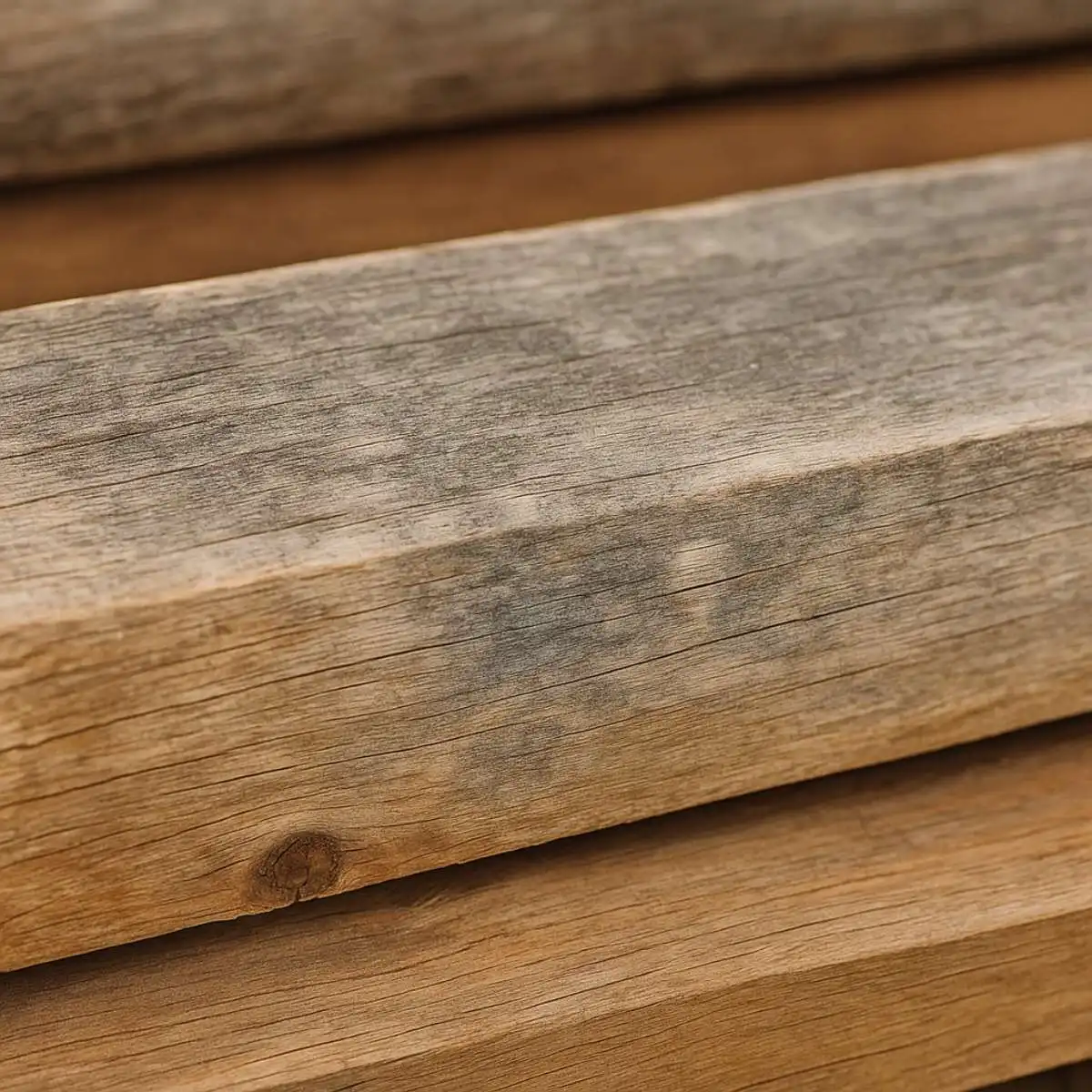
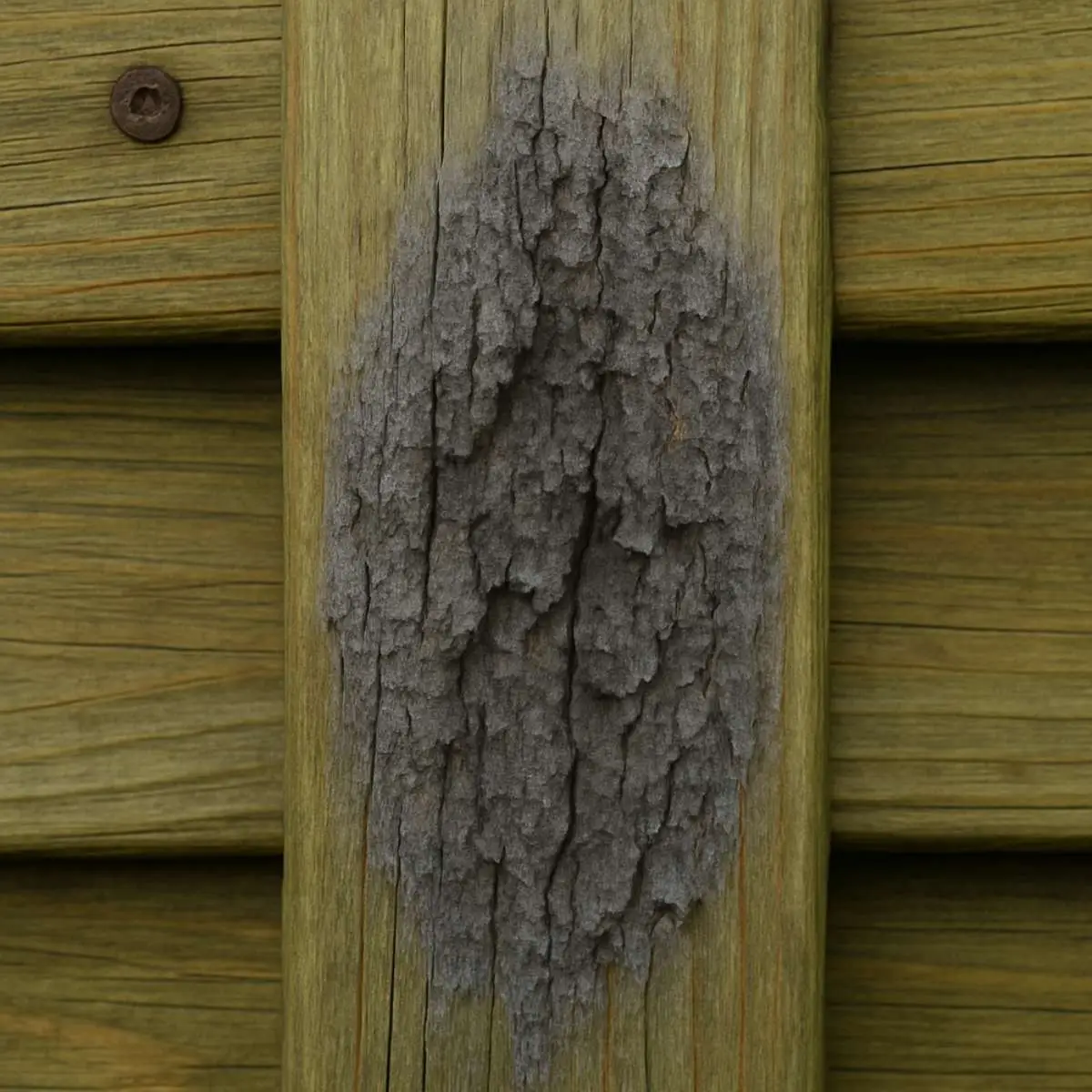
Classic (brown) wood decay – classic wood rot - wood is damaged by fungi of the Basidiomycota group. This is one of the most dangerous types of wood decay. The fungi produce enzymes that break down cellulose into simple sugars. The characteristic brown color results from the increased relative content of lignin. The process often takes place deep inside the wood, invisible on the surface. Over time, the wood cracks, forming characteristic prismatic cubes, and then disintegrates into powder. There are known cases of building disasters just two to three years after the start of the brown decay process. Structural timber, such as posts, roof trusses, fences and basement ceilings in older buildings, is particularly vulnerable to this type of decay. Its occurrence is always associated with constant permanent moisture in the wood. Brown decay – rot is effectively slowed down by pressure impregnation, but it cannot be eliminated as long as the wood is constantly exposed to moisture level above 18%.
White rot of wood is caused by various types of fungi and has one common feature: they decompose lignin intensively in the first stage. It mainly occurs in standing trees and in wood stored in yards, and is less common in buildings. It is true that fungi causing white rot can continue to grow even after the wood has been processed and used, e.g. as structural elements. In the final stage of decay, almost all of the lignin is decomposed, while a considerable amount of white cellulose remains. The wood, while retaining its dimensions, turns white and can be easily separated into longitudinal fibers of pure cellulose.
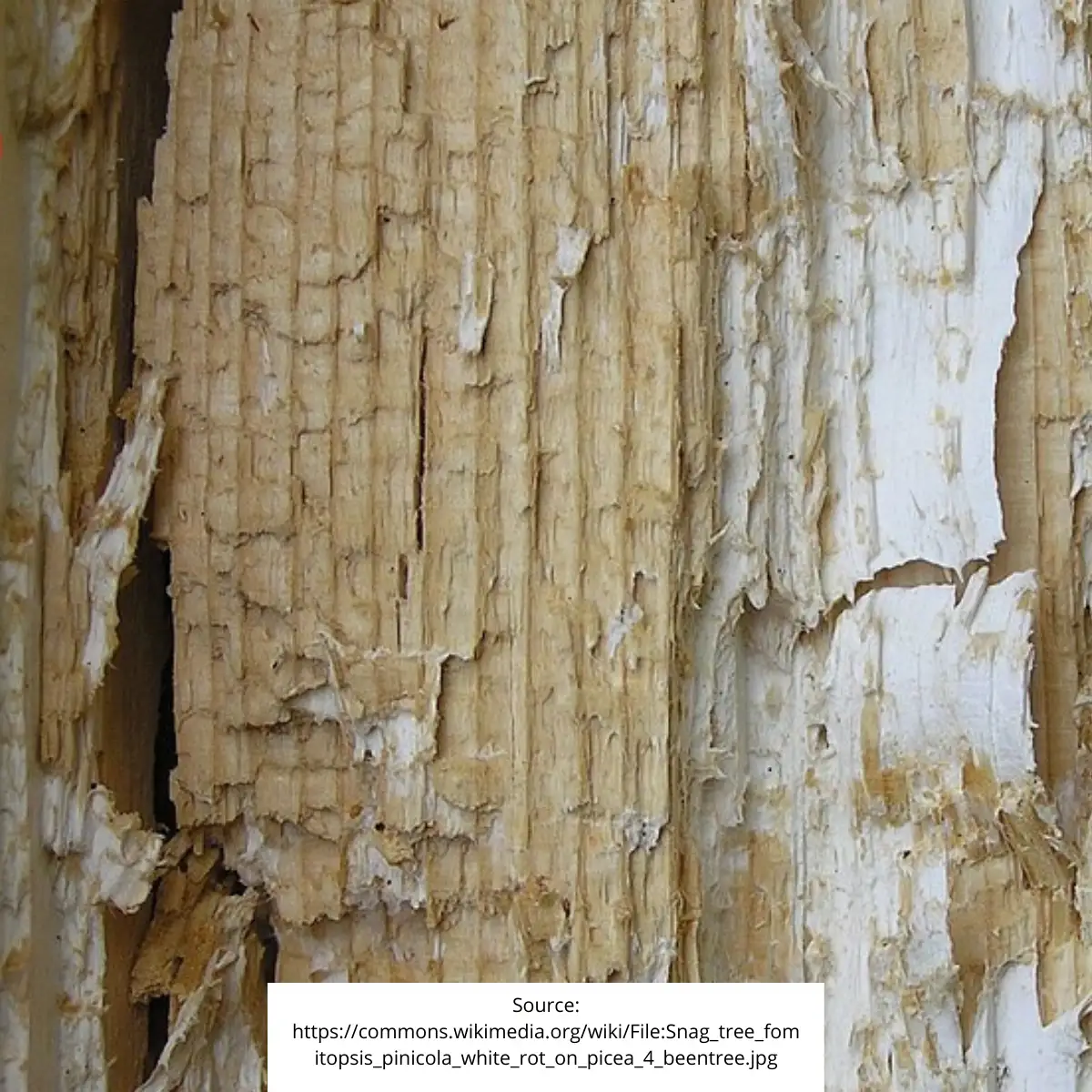
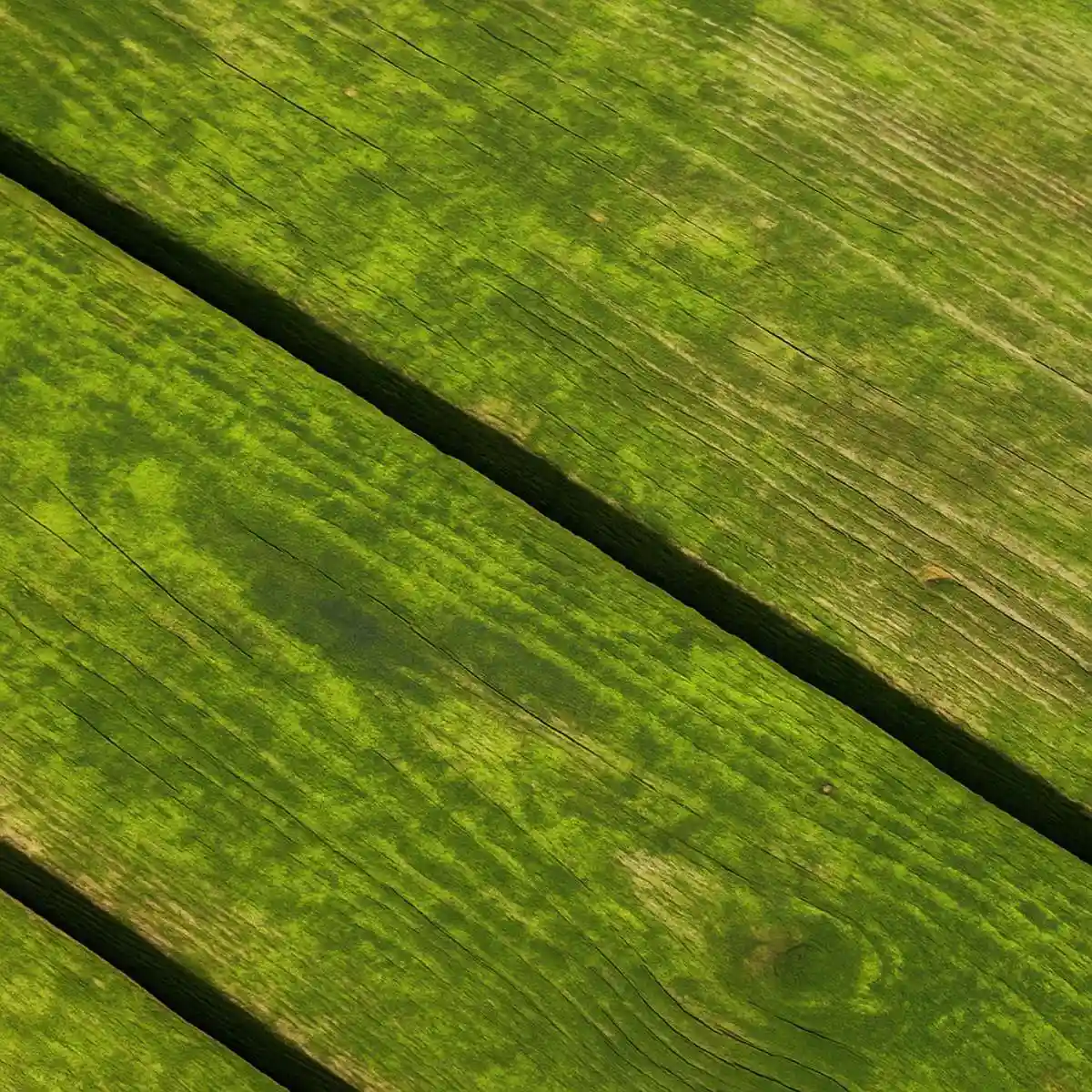
Algae - occur in shaded areas, most often on elements exposed to weather conditions, less often inside buildings. They can often be found on wooden fences and small wooden structures, such as gazebos and roadside shrines. For their growth, algae require moisture on the wood surface, and they penetrate the substrate to a depth of about 2 mm. They form green stains that are difficult to remove. Wood corrosion is caused by the metabolic substances they release, which are often acidic in nature. These organisms and changes on the wood can be easily removed by using a pressure washer and then applying hydrogen peroxide (minimum 12% or 20% borax solution).
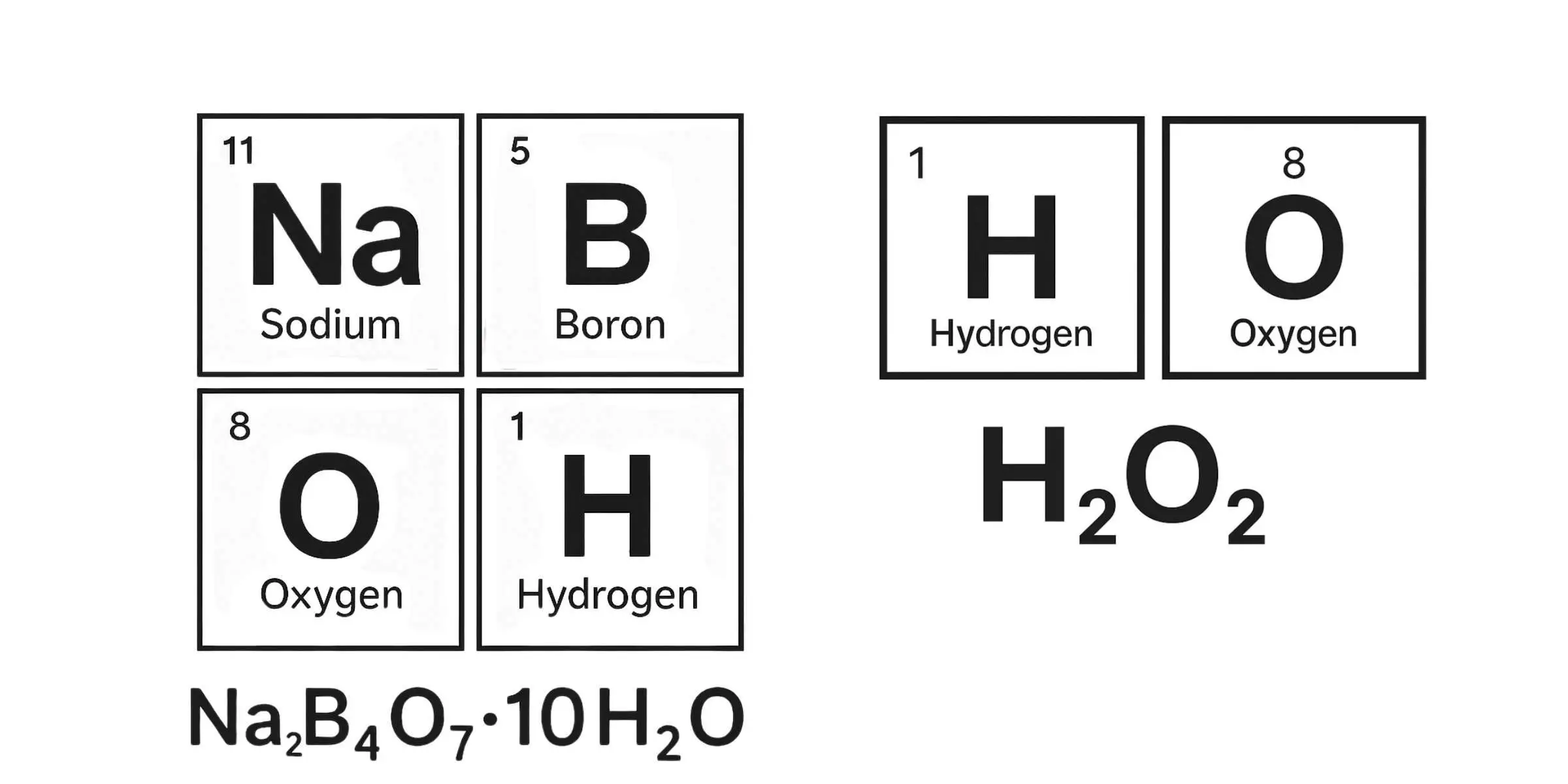
Mosses (Bryophyta) - often attached to wooden elements, absorb atmospheric water (precipitation, rain) and store it for quite a long time, maintaining increased substrate moisture for a long period, which is known to be an unfavorable phenomenon. To a certain extent, they interact
with atmospheric factors in leading to the gradual decay of wooden elements, and therefore they should be removed both mechanically and chemically.
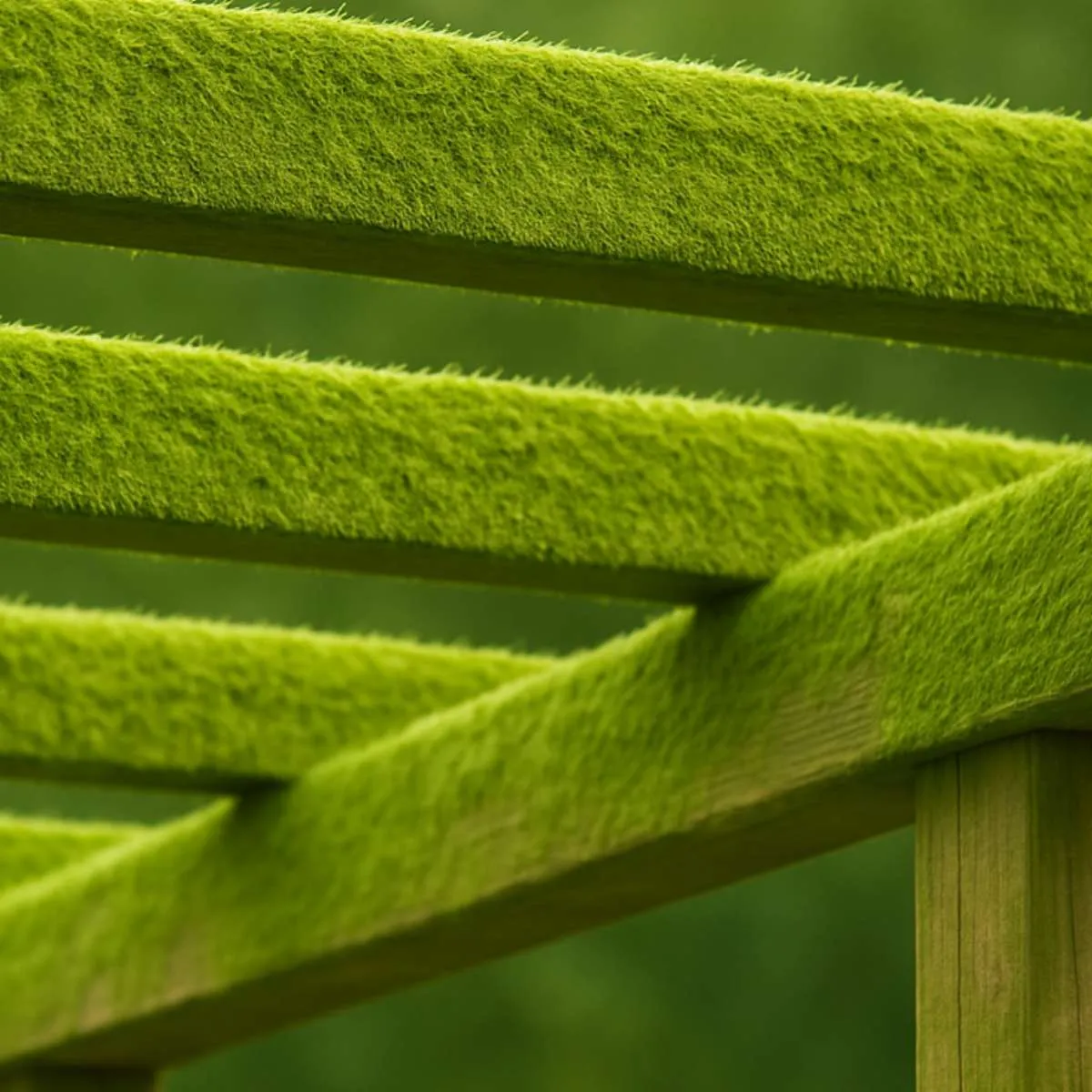
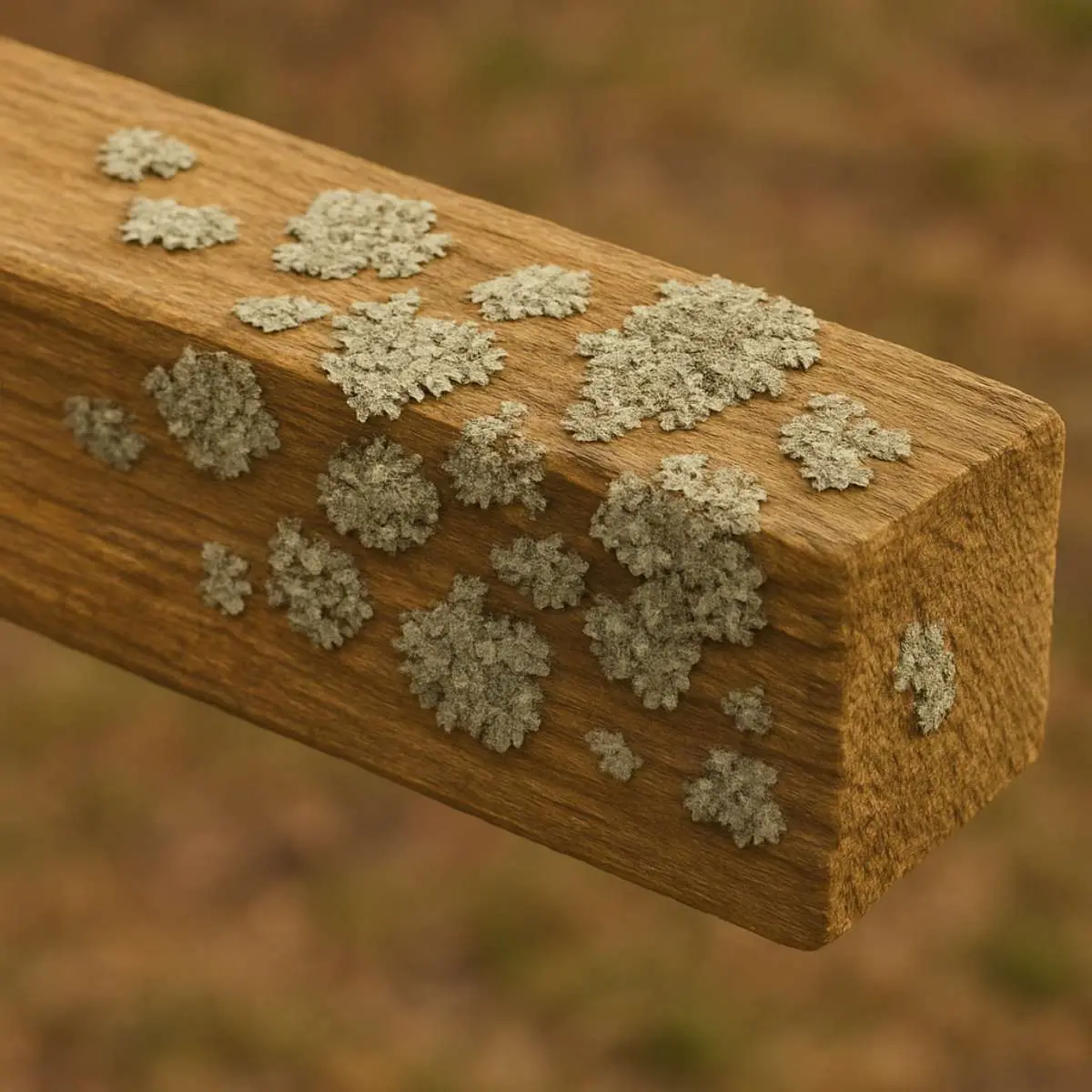
Lichens - are symbiotic organisms consisting of two components: an alga (algae) and a fungi. The fungus obtains carbohydrates produced by the alga through photosynthesis, while the alga, isolated from the environment, receives water and mineral salts from the fungus. They cause noticeable corrosion of certain building materials, including wood (such as formwork and shingles). To remove moss and lichens, it is best to use a 5% solution of iron sulfate, after first cleaning the surface mechanically.
